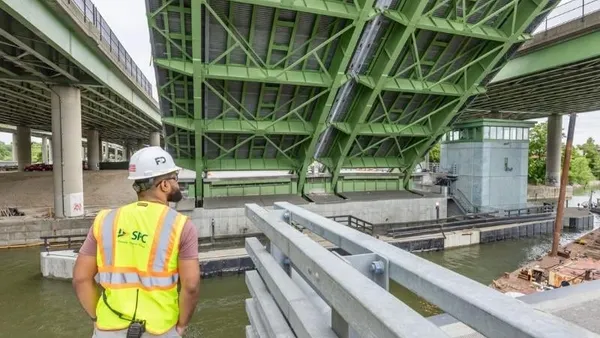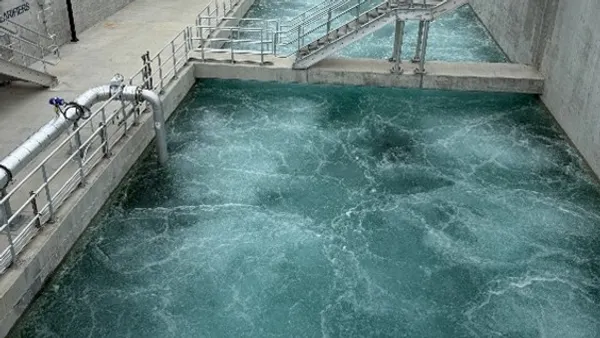Dive Brief:
-
Arizona's Gila River Indian Community is threatening to appeal a U.S. District Court judge's decision to let construction proceed on the $2 billion Loop 202 project in Phoenix. Opponents of the Loop 202 project face staunch opposition in their appeal.
-
The Community, which is comprised of both Pima and Maricopa tribes, maintains that construction of the 22-mile highway through South Mountain would "desecrate sacred land and damage both the community’s cultural resources and members’ quality of life," 3TV News reported.
- In September, the Arizona Department of Transportation reported that a completed Loop 202 would save commuters 15 million hours of drive time annually, which translates to a $200 million economic benefit.
Dive Insight:
Native American communities are also at the center of protests against construction of the Dakota Access Pipeline, which passes near the Standing Rock Sioux Reservation near the North Dakota–South Dakota border. The Energy Transfer Partners project has been subject to onsite protests by the Standing Rock Sioux tribe — and by members of approximately 200 other tribes — who maintain that a pipeline incident could destroy the reservation's water supply and construction will upset sacred sites, according to The Washington Post.
Native Hawaiian groups have been among the most successful in stopping a major construction project, sidelining the $1.4 billion Thirty Meter Telescope on the dormant Mauna Kea volcano — a sacred site — when a Hawaii Supreme Court judge revoked the project's permit and told developers they must reapply. That decision came after nearly a year of protests and blocking of access to the site.
Almost one year ago, ADOT chose the Fluor Enterprises-led joint venture Connect 202 Partners to design, build and maintain Loop 202 under a 30-year public-private partnership (P3) arrangement. Granite Construction, Ames Construction and Parsons Brinckerhoff are also part of the joint venture. ADOT's decision to move forward with one construction team, according to the Arizona Capitol Times, rather than break the project up into smaller segments, was a cost-savings decision. ADOT got the idea to use a P3 after another team of contractors suggested it back in 2013 via an unsolicited proposal.













